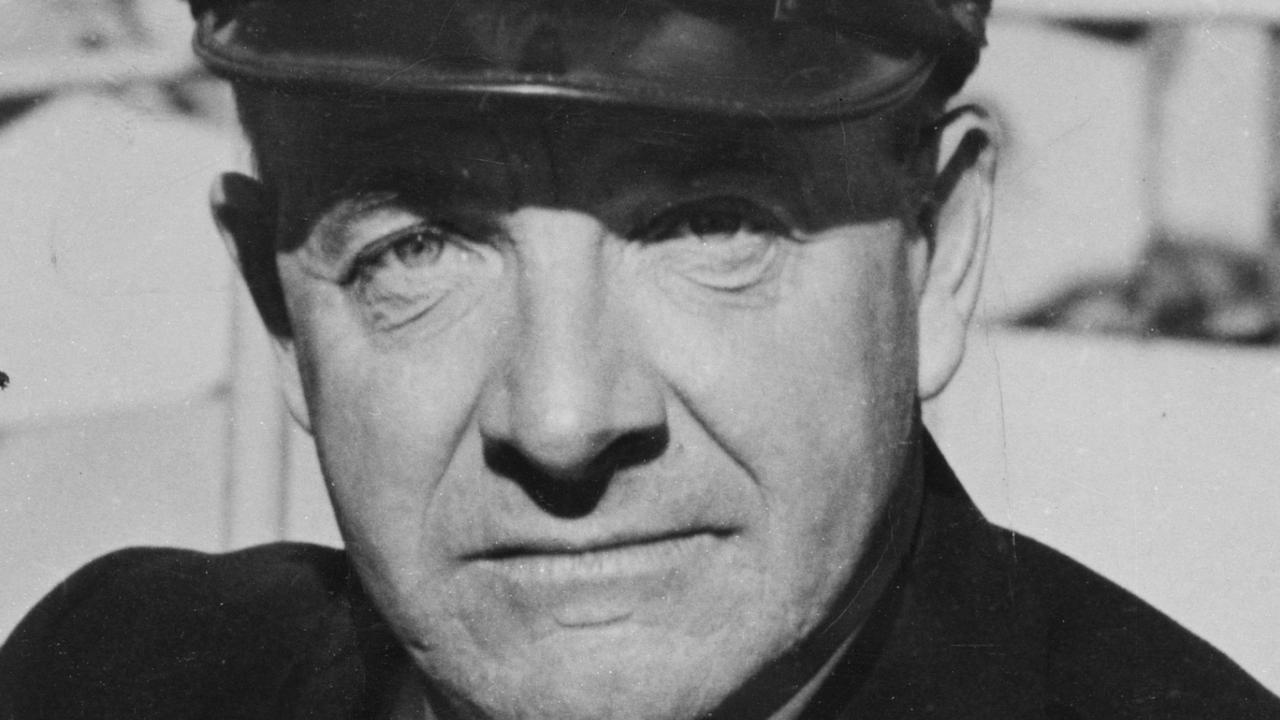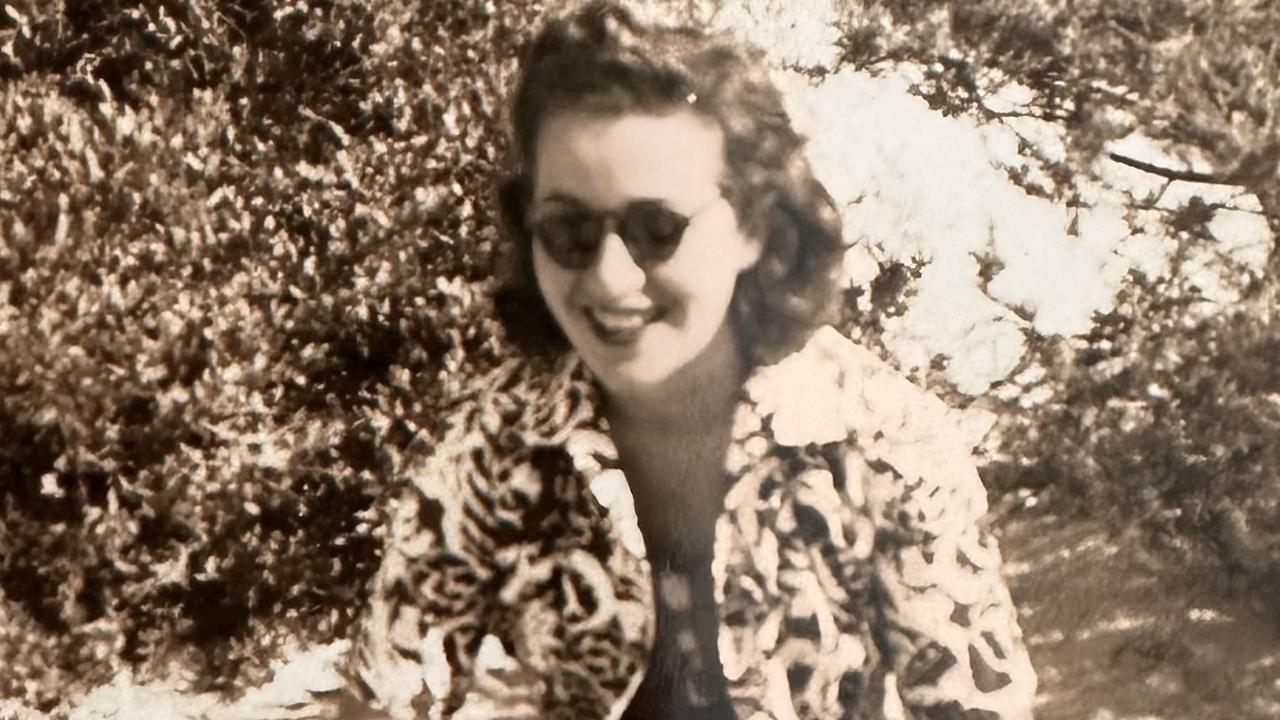Snowy Howell’s heroic turn in the heat of the second battle of Bullecourt
A CENTURY ago the second battle of Bullecourt began. It made a hero of a Sydney man named Snowy Howell

Today in History
Don't miss out on the headlines from Today in History. Followed categories will be added to My News.
THE smoke from the failure of the first battle of Bullecourt had barely cleared when the order was given for Australian and British troops to try again to capture the French village. On May 3, a century ago today, at 3.45am the troops headed out into no man’s land.
After learning from the mistakes during the first battle in April 1917, the second assault on Bullecourt, though still costly in terms of casualties, resulted in a rare victory, albeit a strategically useless one. However, it would earn a Victoria Cross for Sydney man Snowy Howell.
Howell’s act of bravery saved the lives of many men and made him something of a celebrity, but one who remained humble about his achievement.
Born George Julian Howell in Enfield, Sydney, on November 19, 1893, his father was English migrant carpenter Francis Howell. Snowy followed his father into the construction industry becoming an apprentice bricklayer and later a builder.
He enlisted in the AIF in June 1915 and in July was shipped out with the 7th reinforcements for the 1st Battalion headed for Egypt. On November 1 he landed on a beach in Gallipoli. Much of the fighting had died down by then and the biggest battle was against the bitter cold. But Howell didn’t have to endure it for long; he left with the Anzacs when they were evacuated in December.

After some training in the desert in Egypt, his battalion was then sent to France. In July 1916 he was wounded during fighting at Pozieres in the first battle of the Somme. He recuperated in England and was sent to a training school. By November, Howell was back at the front in France.
In February 1917 he was promoted to corporal and in April he played an important role in the capture of the village of Demicourt, earning a Military Medal for “courage and devotion to duty while leading a rifle bombing section”.
But it was at the second battle of Bullecourt that Howell really distinguished himself. The first battle had ended with the capture of more than a thousand Australian soldiers who were cut off from reinforcements after taking a section of the German trenches. Part of the failure to keep the Germans at bay was the lack of support from the tanks and the absence of an artillery barrage.
Howell hadn’t been a part of that first battle debacle, but this time the Anzacs decided to fight without the tanks and made sure the artillery pushed back the Germans. In the early hours of May 3 the battle began. Before night fell the Allies had taken 600m of German trenches.

They held on to the trenches despite German counter attacks, which included the fearsome flammenwerfer (flame thrower) which turned the battlefield into something like a scene from Dante’s Inferno.
During fighting on May 6, Howell realised his battalion was in danger of being outflanked by the Germans. Supported by Lt Thomas “Rusty” Richards on a Lewis gun, Howell grabbed a supply of grenades and jumped up on the parapet to hurl them at the enemy. When he had exhausted his supply of bombs he resorted to using his bayonet.
Open and exposed to enemy fire, Howell was hit by 28 bullets before he fell and was carted off by medics. But his furious action against the Germans emboldened others to continue the attack and the Germans were driven back, destroying one of the hellish flammenwerfers in the process.
The British and Australian troops consolidated their gains and by May 17 the Germans had been driven away. Bullecourt was finally captured at a cost of 7482 AIF casualties. One of them was Howell who, in July 1917, had recovered enough to receive his VC from King George V.
Howell returned to Australia in October 1917 and was discharged in June 1918 on medical grounds. He spent the rest of the war helping with recruitment and raising funds for the war effort, but always downplayed his military achievements. He later joked he won his medals cleaning out the fowl house at Buckingham Palace.
While recuperating he had fallen in love with a nurse, Sadie Yates, who he married in March 1919.
Howell worked in newspaper advertising between the wars and enlisted again in World War II, earning a Purple Heart after being wounded during the liberation of the Philippines.
He retired to Perth in 1953, died in 1964, and was buried with full military honours.
Originally published as Snowy Howell’s heroic turn in the heat of the second battle of Bullecourt



